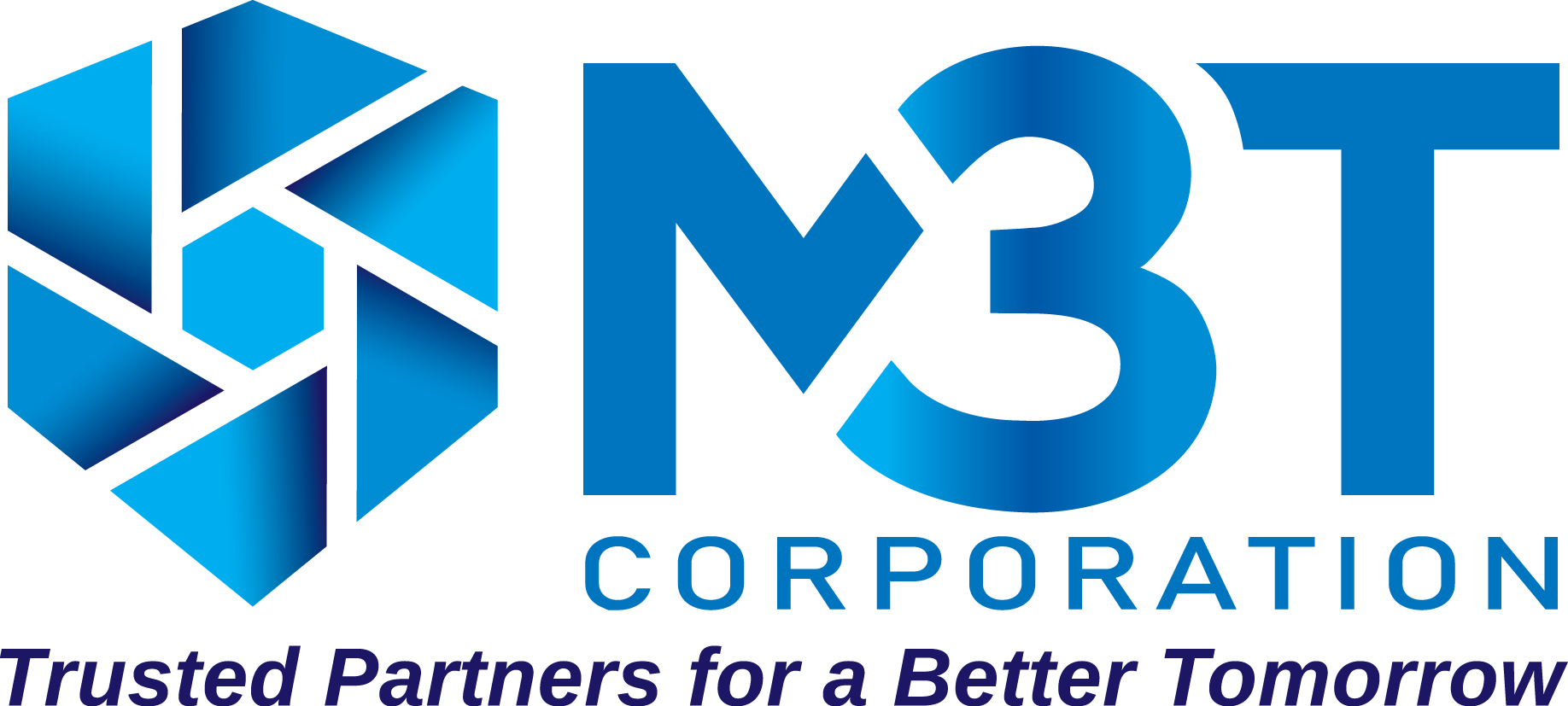Communication and Organizational Flow is the Key in the Promptness of Delivering Resources
In a complex organization formed to produce a good or service, there is any number of internal “customers” whose needs have to be met so that the organization’s mission and goals can be achieved.
In order for a complex organization to function successfully, it must develop and maintain processes aimed at achieving both internal and external objectives. The most important external objectives are those that profitably meet the paying customer’s needs. In an organization such as M3T, the customer’s needs will be fulfilled by providing services and materials that meet customer specifications in a timely and efficient manner, meet standards of quality, and which fall within the customer’s financial means.
That type of sophisticated external customer delivery doesn’t happen by accident. It takes a refined internal system that supports the flow of work through the organization. It begins with identifying customer needs and wants and ends with the satisfactory hand-off to that customer.
For the organization’s systems and processes to work promptly and effectively, we need to recognize that the flow of work has its internal suppliers and internal customers. Each time a task or item of work is needed someone has to be the supplier and when that task is complete, the next step in the flow or process requires a hand-off. The person taking the hand-off is an internal customer who in turn will be the supplier of the next task or process in the downstream flow to the paying customer.
Each supplier in the stream of goods and services should have a sense of urgency in meeting the downstream customer’s needs or requirements because that downstream customer also has internal customers waiting for tasks or processes to be completed and handed off to them. And so it goes until the “product” goes into the hands of the paying customer who is also waiting with “customers” of their own.
Implicit in the “streaming” of tasks and hand-offs within the organization is the ability to recognize that tasks may have to change to meet a specific requirement and those changes need to be proactive so that a response is initiated before a performance gap occurs or delivery is delayed. This where two things are necessary:
- Communication must flow easily both up and down in the organization
- There should be a continuous effort to improve, “constantly, and forever every process for planning, production, and service.” (W. Edward Deming, a pioneer in process improvement research)
Quality system support depends upon promptness of delivery which begins with a clear understanding of what is required, and then the assurance that tasks and processes will meet requirements and that the down-stream to “suppliers” is in a manner that ensures timely and efficient hand-offs take place internally and ultimately to the end-user customer.

Jason Elder
Design Engineer
